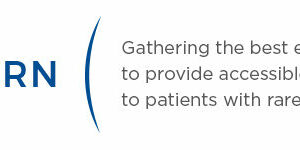All ERNs are tasked to set up patient registries that follow the FAIR Principles, as these ‘FAIR registries’ are essential for enabling efficient analysis of data across multiple sources. Existing methods to make clinical trial and registry data (more) machine-readable and FAIR are usually carried out after a research project is conducted and data are collected (post hoc). To mitigate the need for these post-hoc FAIRification operations, which include repeated, semi-manual conversions of the data collected into machine-readable data that is performed after data collection, the Registry of Vascular Anomalies (VASCA, part of VASCERN ERN) has chosen a different approach.
The VASCA registry has implemented de novo FAIRification, thereby making all data FAIR automatically and in real-time upon collection. In practice, this means that all the hands-on work for the FAIRification is conducted before data collection. Subsequently, data is made FAIR through entering them into the Electronic Data Capture (EDC) system Castor EDC. This has the advantage that clinical data is made FAIR without any intervention from data management and data entry personnel. Due to the generic approach and developed tooling, the VASCA working group believes that the method can be used in other registries and clinical trials as well.
The VASCA working group has recently published two papers (open access) on the setting up of their FAIR registry. The paper by Groenen et al. includes a more general description of the workflow developed and explains how all these steps contribute to FAIR. Also, the lessons learned are shared in this paper. The paper by Kersloot et al. focuses more on the technical implementation of the workflow in Castor EDC.
The workflows, technical implementations and lessons learned described in these papers are of valuable help for other rare disease registries, and the working group believes that they have set an important example.
The FAIR VASCA registry project was supported by EJP RD FAIR experts and the FAIRification stewards and participated actively in EJP RD workshops. Resources used in the FAIRification of the VASCA registry, such as the semantic data model of the set of common data elements, were co-developed with EJP RD experts and are now openly available for the rare diseases community.






